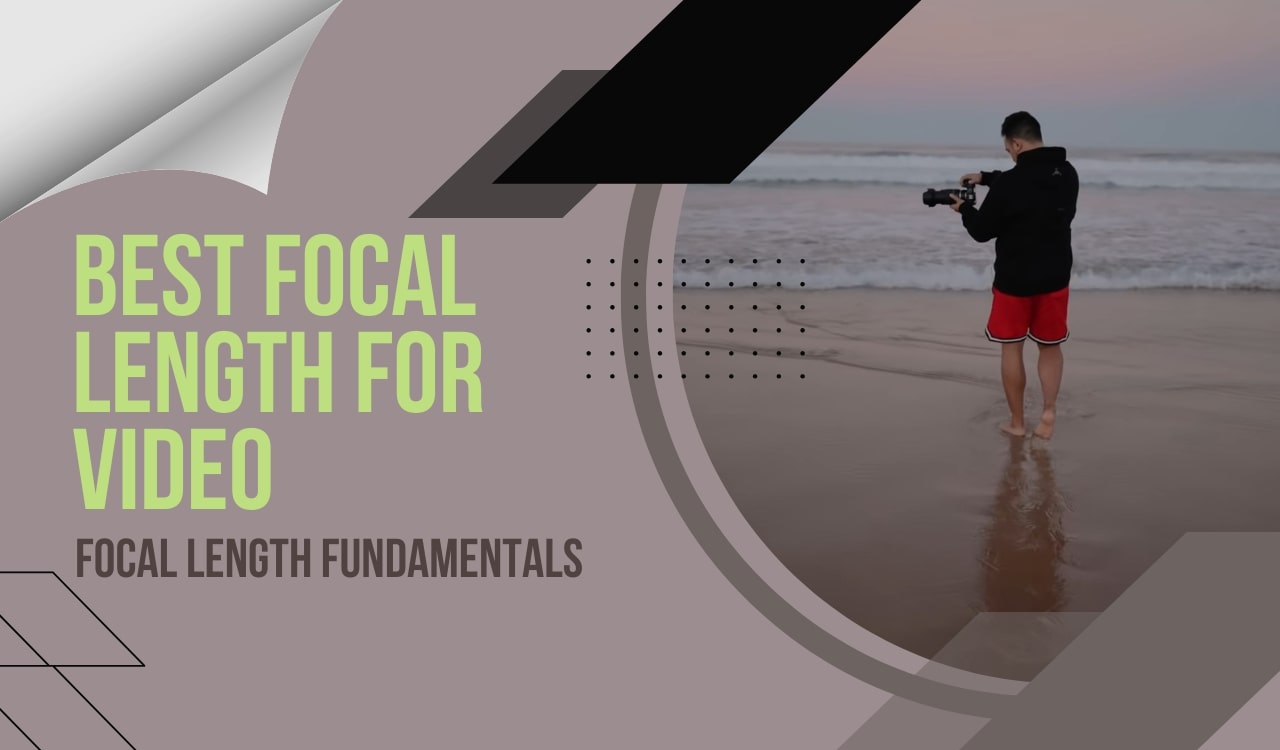Video is an incredibly fun way to share any experience, and today it’s easier than ever to take advantage of the technology at our disposal. Thanks to things like smartphones, GoPro devices, or DSLRs, anyone can shoot video on their own.
But there are so many different parts to consider when formulating the perfect shot for your next video – editing software, stabilization, which codec you’re choosing – that it’s easy to forget about the one at the root of all of these decisions: how you frame what you want to capture.
The best focal length for a video is a matter of personal preference (some cinematographers prefer ultra-wide lenses, while others swear by longer ones), but most would agree that it is highly dependent upon what type of video is being shot. A short answer would be to use a full-frame lens that is around 85-100mm; an APS-C around 50-60mm or a Four-thirds sensor with 35-50mm.
What is the best focal length for video? The answer may depend on what you are looking to achieve. You might find that a wide-angle lens will work better for your application, or perhaps a telephoto lens would be most suitable. Each type of lens has advantages and disadvantages so it’s important to have an understanding of these before selecting one for your video project.
There are three main factors to keep in mind when selecting a lens: how it handles the depth of field, the amount of subject magnification, and whether or not it can work with auto-focus technology. If you’re trying to achieve a shallow depth of field then the wide-angle lenses will be most suited to that type of shot.
Telephoto
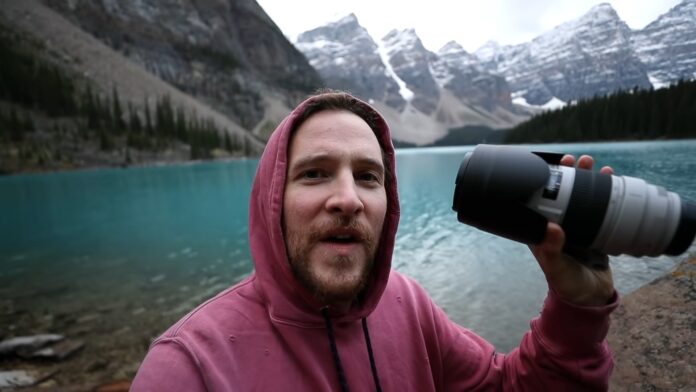
These lenses are also great for portraiture because they have a flattering effect, making the subject look better than they do in real life. With all of these advantages, it can be easy to see why telephoto lenses are popular with video producers. The vast majority of news and sports coverage is shot using telephoto lenses.
The main drawback is that you won’t always get the best results when shooting handheld, especially if you’re trying to shoot in low light without a tripod. Telephoto lenses make it very difficult to keep the camera steady and avoid image blur. It’s simply not possible to hold them still enough without putting your body into an awkward position—which then makes it even more difficult to record your footage. Wide angles
Wide-Angle Lenses
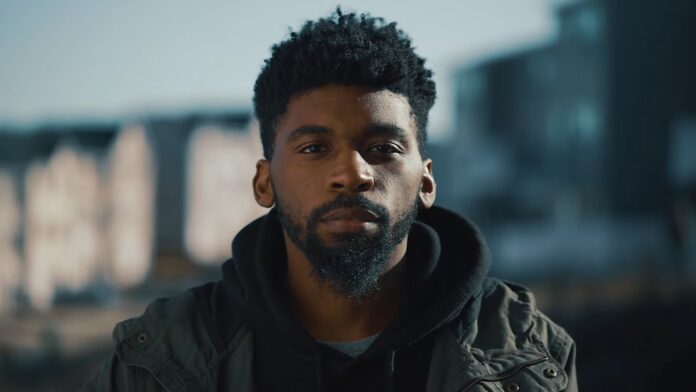
Wide-angle lenses are excellent for shooting in confined spaces or simply if you want to include more of the background and environment within the shot. They tend to work well in low light, but can’t offer such a flattering effect as telephoto lenses because they exaggerate facial features due to their wide angle of view.
Wide-angle lenses don’t magnify distant objects like telephotos do, which makes them great for shooting landscapes and nature scenes where you need a greater depth of field. The closer you get to your subject with a wide-angle lens the deeper that area will appear in focus compared to areas further away from the focal plane. Keep this in mind when working with close up shots; people’s eyes naturally draw attention it might be best avoided ifPrime
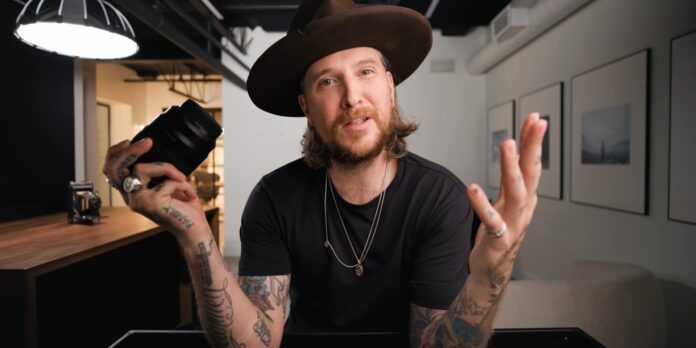
You can also use prime lenses if you’re looking for a higher-quality image by avoiding the problems that come with using zoom or auto-focus lenses. Prime lenses are ideal for video as they allow for greater zooming capabilities because of their lack of moving parts, but you should always check your focal length before selecting it so as not to risk losing sharpness at the edges of the frame.
Prime lenses also allow you to get more control over the depth of field and this is especially useful when shooting outdoors in sunny conditions. They are generally faster than zoom lenses, allowing for better low-light performance, but do tend to be heavier and bulkier because they have fewer moving parts.
There are also macro prime lenses around 50mm long which are suitable for extreme close-ups and capturing fine textures in subjects such as flowers or fabrics.
Zoom
Finally, if you’re looking for versatility then you might want to consider using a video or cine lens which allows you to switch between different focal lengths depending on the type of shot required. This will save time in post-production where zooming in or out in order to reframe your shot can take time away from recording additional footage.
It’s also very convenient when you need your camera at full capacity throughout an event. That said, you should always check the minimum and maximum focal lengths before committing to buy.
Video cameras are capable of recording good-quality footage using all types of lenses, but it’s important to keep in mind the advantages and disadvantages associated with each one. Experiment with different lens types to find out what works best for your project before you commit yourself to any type of camera equipment.
FAQs
What is a video lens?
A video lens is a lens designed specifically for use in video production, with features like smooth focus and aperture control and a built-in image stabilizer. They also often have longer focal lengths than lenses designed for photography.
What is focal length?
Focal length is the distance between the lens and the image sensor when the lens is focused on infinity. It determines how wide or narrow the angle of view is, and how large or small objects appear in the frame.
What is the best focal length for shooting video?
The best focal length for shooting video depends on what you’re trying to achieve. Telephoto lenses are good for magnifying distant objects, while wide-angle lenses are good for capturing expansive landscapes or fitting more into the frame. Prime lenses are good for low-light situations and greater control over depth of field, while zoom lenses are more versatile.
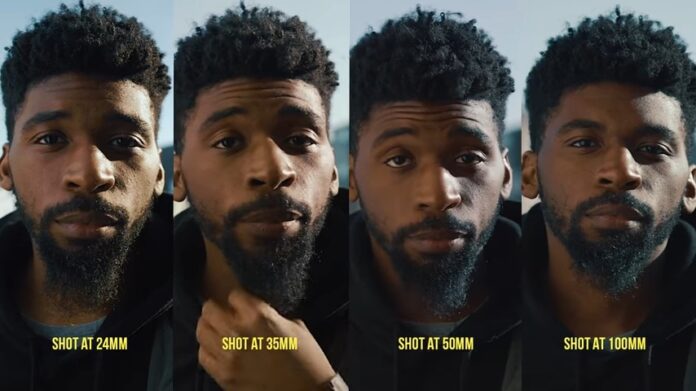
What is the difference between a prime lens and a zoom lens?
A prime lens has a fixed focal length, while a zoom lens allows you to change the focal length without changing the lens itself. Prime lenses tend to be faster and have better low-light performance, while zoom lenses offer more flexibility in framing shots.
What is depth of field?
Depth of field is the distance between the nearest and farthest objects in a scene that appear acceptably sharp in an image. It is affected by focal length, aperture, and distance between the camera and subject.
What is a macro lens?
A macro lens is a lens designed for close-up photography, with the ability to focus on objects very close to the camera. They are often used for capturing fine textures and details in subjects like flowers or insects.
What is a cine lens?
A cine lens is a lens designed specifically for use in cinema and video production, with features like manual focus and aperture control, and standardized gear rings for attaching follow focus and other accessories. They also often have longer focal lengths than lenses designed for photography.
How do I choose the right lens for my video project?
To choose the right lens for your video project, consider factors like focal length, depth of field, subject distance, and lighting conditions. Think about the type of shots you want to capture, and whether you need a lens with a fixed focal length or the ability to zoom in and out. Experiment with different lenses to see what works best for your project.
Conclusion
Focal length is an important thing to consider when shooting video but keep these things in mind when deciding on a lens and focal length:
- A telephoto lens magnifies objects further away from the focal plane more than a wide-angle
- A prime lens has no moving parts therefore there is less chance of introducing blur into images
- Wide-angle lenses exaggerate facial features giving an unflattering portrayal of the subject
- A wide-angle is excellent for shooting landscapes or nature scenes where there needs to be more depth in the picture
- A telephoto lens doesn’t magnify objects in the same way so there is less distortion when looking at subjects far away from the focal plane
- Use macro prime lenses to capture fine textures such as flower petals or fabrics because they allow for extreme close-ups that other types of lenses might not be able to achieve
- Zoom lenses can come in different focal lengths allowing you to switch between them depending on your needs. This will save time in post-production if you need to reframe any shots
- Cine and video lenses allow you to change (zoom) between different focal lengths without having to remove one part of your equipment and replacing another, which speeds up production times.
Read also: Best Budget Light Meter – Multi-Purpose Camera Photographic Tool

